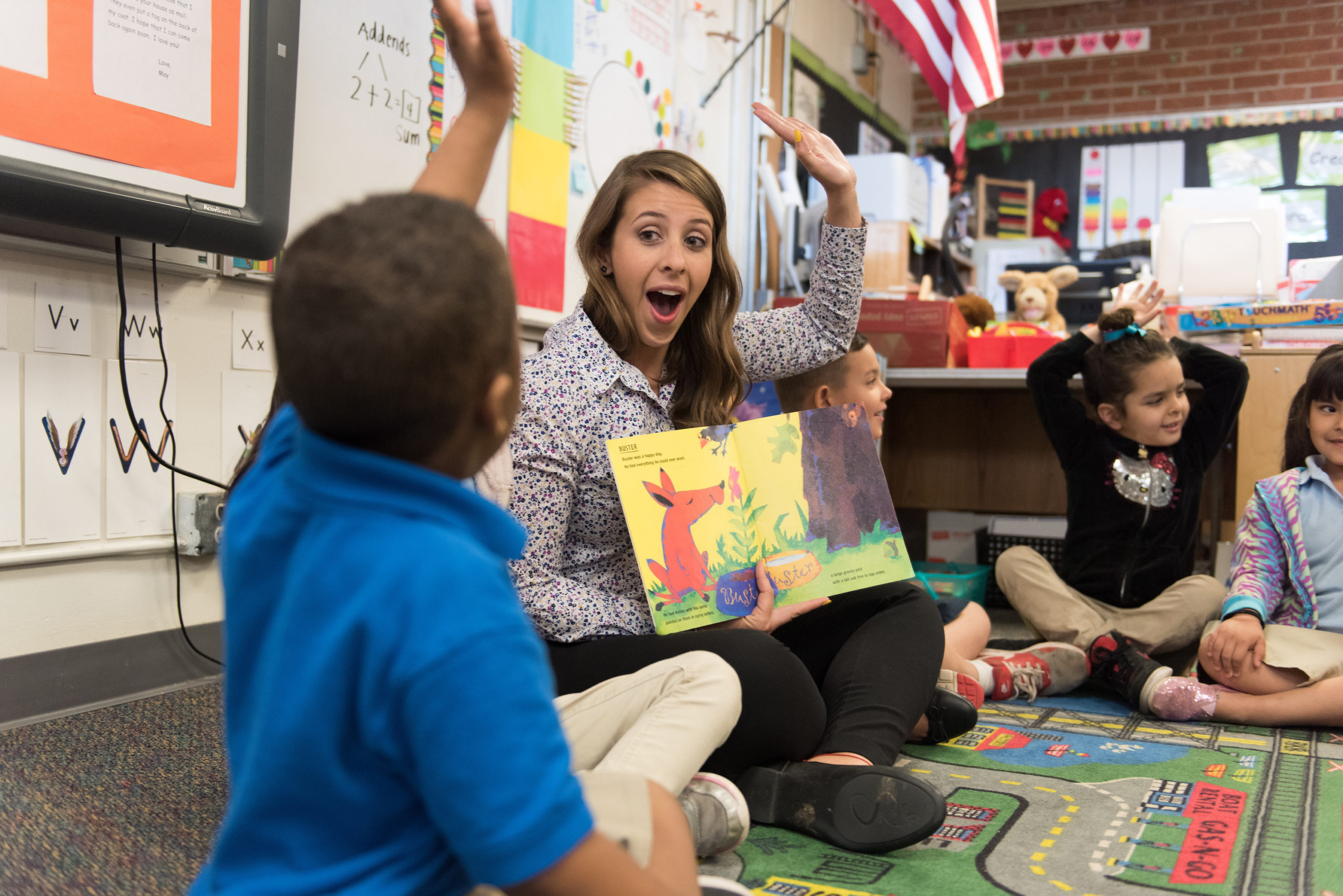The coronavirus pandemic and online learning have shown that all schools should become 1-to-1—not just with computers, but also for cementing student-teacher relationships, one advocate says.
“Those staff-student connections should become the norm,” says Jonah Edelman, founder & CEO of Stand for Children, a nonprofit focused on equity in education. “It absolutely needs to become the norm during the pandemic to prevent a huge number of students from dropping off the map.”
Sustaining those trusting, supportive relationships will be a critical way to keep students engaged in their classes whether they learn face-to-face or remotely in the 2020-21 school year, Edelman says.
That’s why building trust is a major theme of Stand for Children’s free, new guidebook, Preventing a Lost School Year, which was created to help district leaders plan for academic and social-emotional learning in the coming school year.
‘Advising for All’ builds equity
Another key to preventing from tuning out is the “Advising for All” model that was pioneered by Arizona’s Phoenix Union High School District, which contributed to the guidebook.
Every student in the system’s 21 high schools is connected to a caring adult who monitors the teen’s progress, attendance and social-emotional well-being, says Thea Andrade, the district’s chief academic officer.
More from DA: How SEL, personalized learning drive a Texas district’s reopening
During normal school operations, the students connected with their advisors each day. When schools closed in March, almost every district employee—including administrators and school board members—was recruiting into the advisory program to reach out to students at home.
“These were wellness checks to say to students, ‘We’re here. We love you. How are young doing? What can we do yo help?'” Andrade says. “It was really a nice time to talk with kids and answer all their questions.”
Students had concerns such as whether they would have to repeat the school year and what they should do if they were failing a class. Other students had more basic needs, such as one whose family needed help with food and paying their electric bill.
The district’s advisors documented each call and either provided resources or connect families with other public assistance programs.
 While the program has paused during the summer, the district plans to restart advising in person and virtually when the new school year begins. “We really used the closures as an opportunity to build relationships, meet students’ needs and keep them connected to their school,” says Andrade, adding that was even invited to the quinceaÁ±era of one of her advisory students.
While the program has paused during the summer, the district plans to restart advising in person and virtually when the new school year begins. “We really used the closures as an opportunity to build relationships, meet students’ needs and keep them connected to their school,” says Andrade, adding that was even invited to the quinceaÁ±era of one of her advisory students.
Fairer grading keeps students engaged
Stand for Children’s guide also suggests that virtual home visits are a more efficient way for administrators and teachers to connect with more families. These online sessions make meeting with all families more feasible because it cuts out the travel time, Edelman says.
More from DA: How educators can be part of dismantling systemic racism
“This creates trust, greater empathy, and a greater ability to partner with parents and guardians,” Edelman says.
The guide also encourages educators to meet regularly to closely track a student’s online performance and attendance so educators can intervene immediately if a learner isn’t turning in assignments or has stopped logging in for class.
The guidebook also encourages educators to rethink traditional grading methods as the upcoming school year may be disrupted by closures and shifts back to online learning.
In particular, teachers should recognize that zeros and F’s can cause a student to check out of class because they become convinced there’s no longer any chance of success, Edelman says.
“There’s still a line of thinking that goes ‘If I fail a ninth grader or a high school kid, I’m teaching them a lesson,'” Edelman says. “But the lesson the students often get is ‘I’m a failure. I can’t’ do high school.'”
More from DA: Social media offers students a ‘lifeline’ in age of anxiety
Grading can remain rigorous even when teachers give students multiple chances to succeed and eventually demonstrate competency, Andrade adds.
“If a student didn’t master a skill on, say, Sept. 13, that shouldn’t be a cutoff date because it doesn’t mean they can’t learn it,” Andrade says. “The opportunity to reassess or retake changes the student’s mindset. The onus becomes theirs to demonstrate learning—you’ll no longer hear the teacher gave me a D, you’re more likely to hear I’m not there yet it, but I can get it.”
Share your stories of teacher creativity
District Administration is sharing stories of creative teaching during this challenging time. Please use this form to nominate an innovative teaching effort for us to share with our readers.







